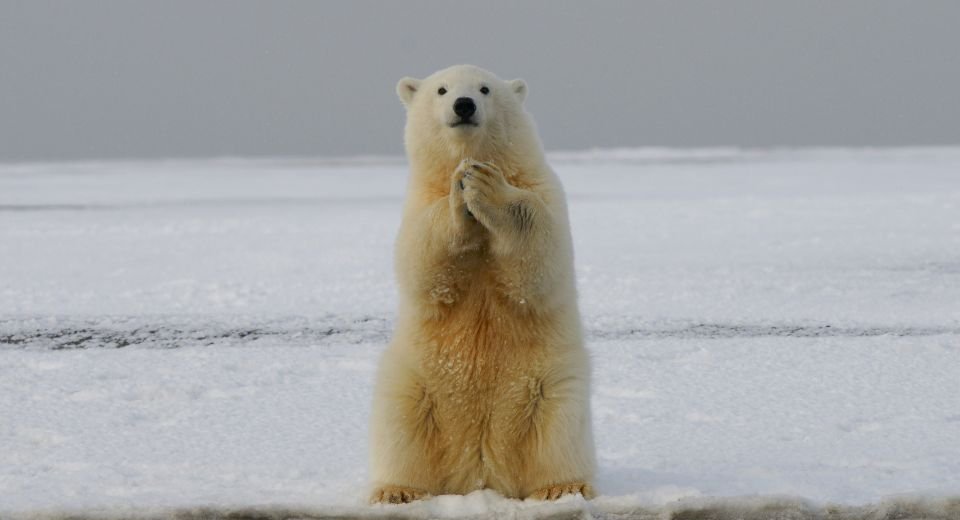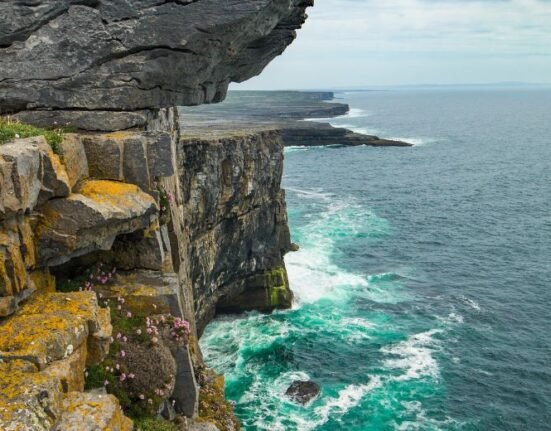HQ Team
March 7, 2024: Greenhouse gas emissions will rob the Arctic ice as early as the 2030s in summer, resulting in a significant impact on seals and polar bears, and triggering coastal erosion.
A study by the University of Colorado, Boulder forecast that the first ice-free day in the Arctic could occur over 10 years earlier than previous projections, which focused on when the region would be ice-free for a month or more.
“The trend remains consistent under all future emission scenarios,” according to a university statement.
By mid-century, or between 2020s and 2030s, the Arctic is likely to see an entire month without floating ice during September, when the region’s sea ice coverage is at its minimum.
At the end of the century, the ice-free season could last several months a year, depending on future emissions scenarios. For example, under a high-emissions, or business-as-usual, scenario, the planet’s northernmost region could become consistently ice-free even in some winter months.
September minimum
Researchers said the Arctic is ice-free when the ocean has less than 1 million square kilometres (386,000 square miles) of ice.
The threshold represents less than 20% of what the region’s seasonal minimum ice cover was in the 1980s. In recent years, the Arctic Ocean had around 3.3 million square kilometres of sea ice area at its minimum in September.
Alexandra Jahn, associate professor of atmospheric and oceanic sciences and fellow at CU Boulder’s Institute of Arctic and Alpine Research, analysed existing data on sea ice projections.
They found that the first day when sea ice coverage fell below the 1-square-kilometre threshold would occur on average four years earlier than the monthly averages, but could occur up to 18 years earlier.
“When it comes to communicating what scientists expect to happen in the Arctic, it is important to predict when we might observe the first ice-free conditions in the Arctic, which will show up in the daily satellite data,” Jahn said.
White summer to blue Arctic
Sea ice plays a significant role in buffering the impacts of ocean waves on the coastal land, Jahn said. As sea ice retreats, ocean waves would get bigger, causing coastal erosion.
A decrease in snow and ice cover increases the amount of heat from sunlight absorbed by the ocean, exacerbating ice melt and warming in the Arctic. “The impact of these invasive species on local ecosystems remains unclear.”
Under an intermediate emissions scenario, a path the current society is on, the Arctic might become ice-free only during late summer and early fall from August to October.
“But under the highest emissions scenario, the Arctic could be ice-free for up to nine months by late this century,” according to the researchers’ statement.
“This would transform the Arctic into a completely different environment, from a white summer Arctic to a blue Arctic. So even if ice-free conditions are unavoidable, we still need to keep our emissions as low as possible to avoid prolonged ice-free conditions,” Jahn said.




